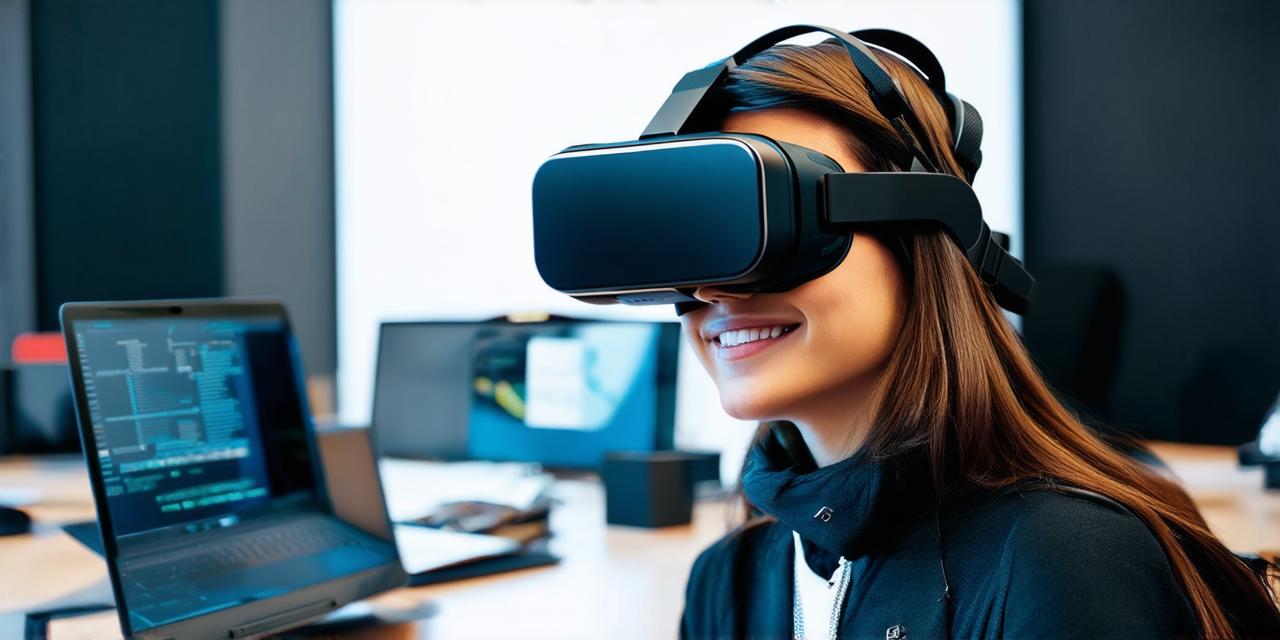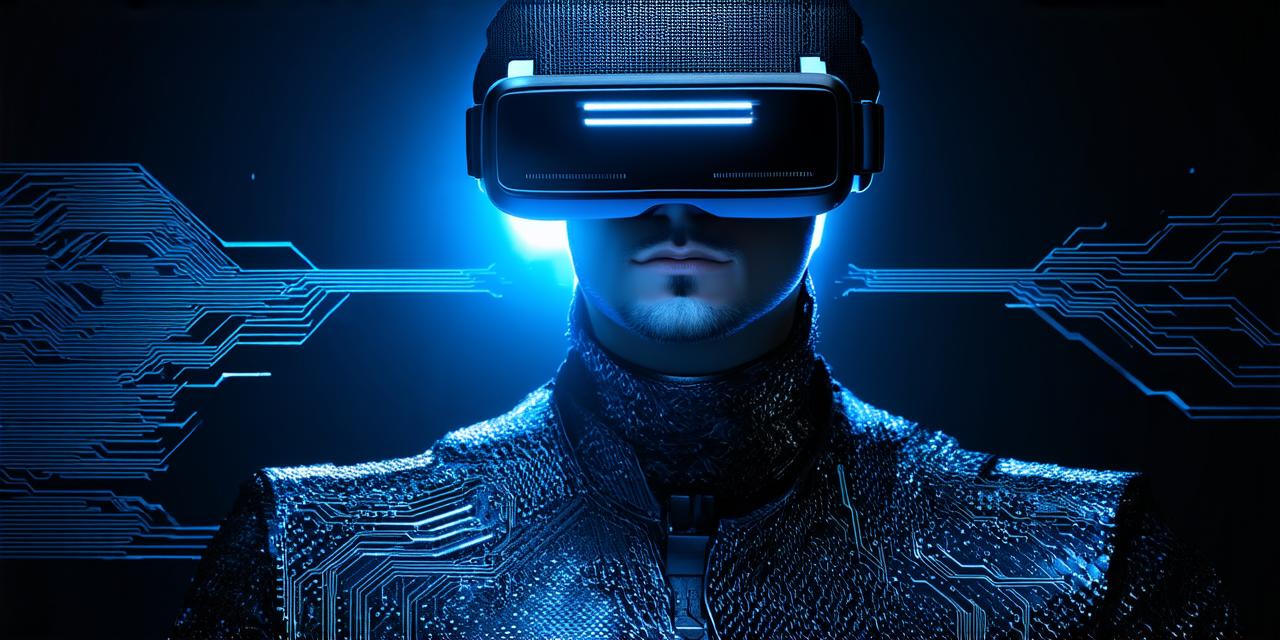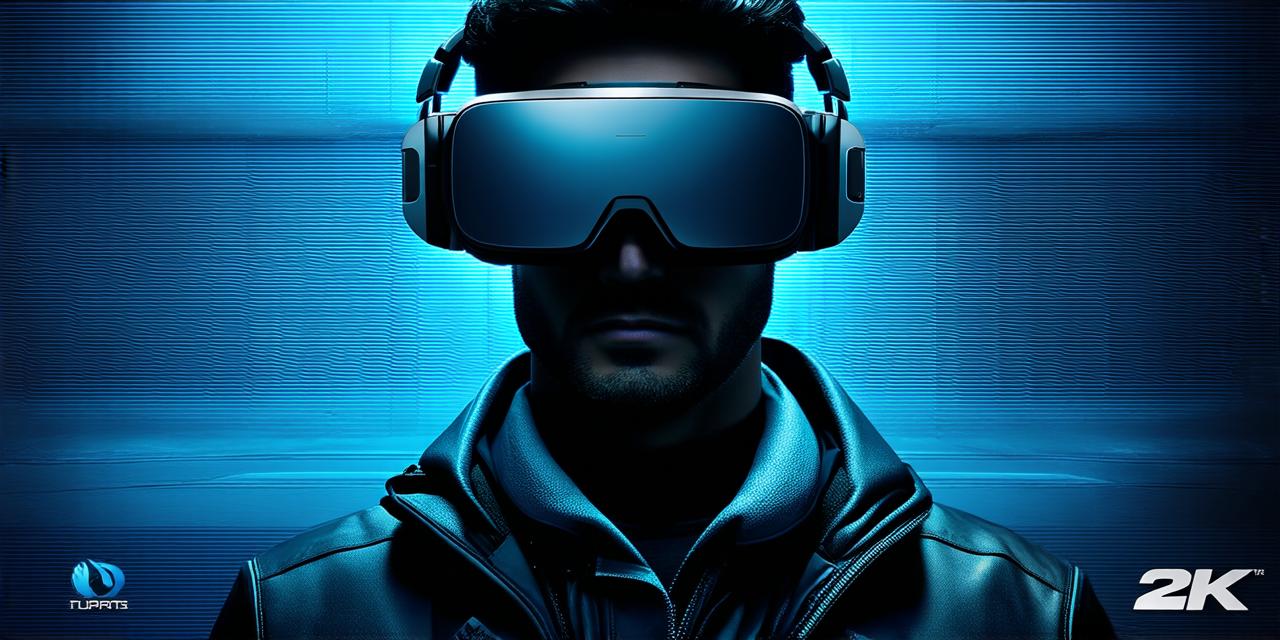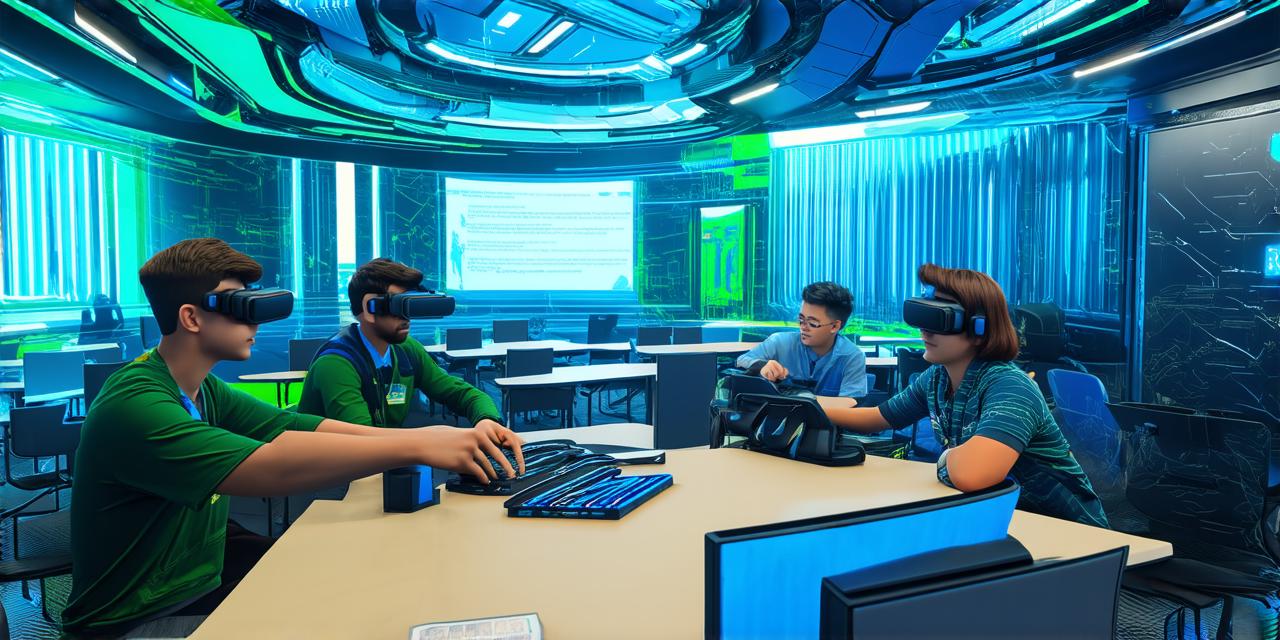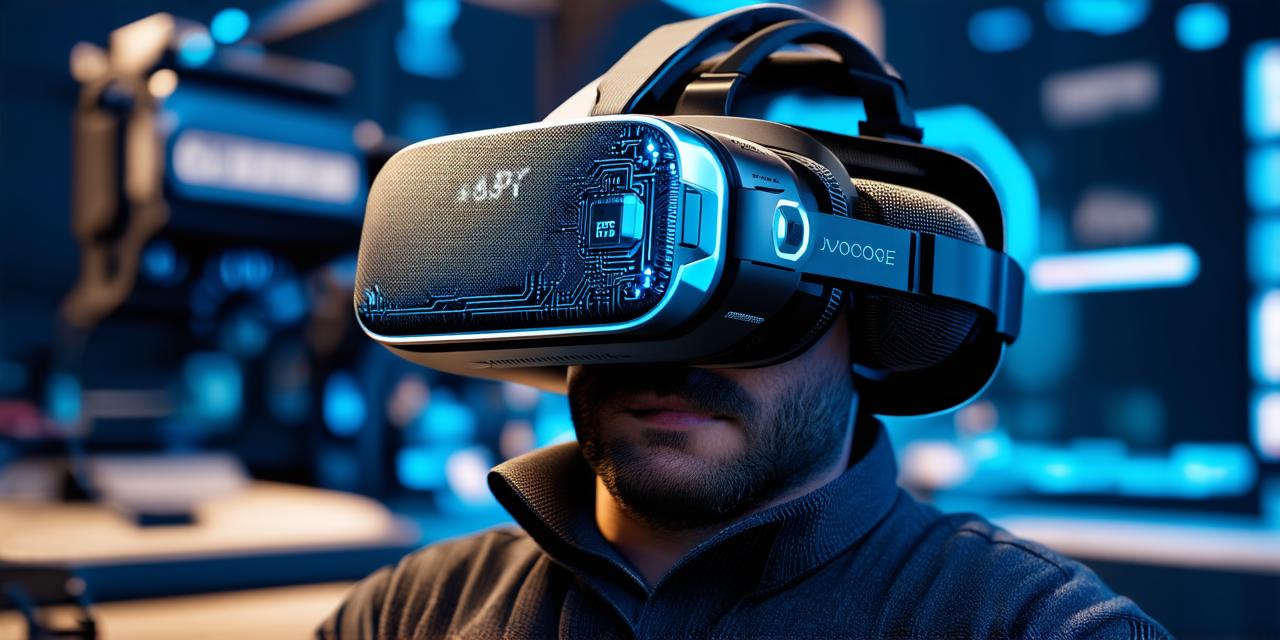Virtual Reality: A Brief Overview
Virtual reality technology works by tracking the movements of a user’s head and body using sensors, and then presenting them with a 3D environment that responds to those movements. This creates an immersive experience that can be used for a variety of purposes, from gaming to training simulations and even education.
Virtual Reality in Education: The Benefits
There are several ways in which virtual reality can benefit students. One of the main advantages is that it allows for a more engaging and interactive learning experience. By placing students in a simulated environment, they can gain a better understanding of complex concepts and ideas by experiencing them firsthand. This can help to improve retention and understanding of material, as well as increase student motivation and engagement.
Another way in which virtual reality can benefit students is by providing a safe and controlled environment for practicing skills or conducting experiments. For example, medical students can use VR simulations to practice surgical procedures, while chemistry students can conduct experiments in a virtual lab without the risk of injury or damage to equipment.
Virtual Reality can also be used to provide students with access to experiences and environments that might otherwise be difficult or impossible to access. For example, history students can use VR to explore ancient civilizations or battlefields, while biology students can take virtual tours of the human body or explore the depths of the ocean.
Real-Life Examples of Virtual Reality in Education
There are many examples of how virtual reality is being used in classrooms today. One such example is the use of VR simulations for medical training. Medical students can use VR to practice surgical procedures, which can help them to gain the necessary skills and confidence they need to perform these procedures in real life. This can lead to improved patient outcomes and reduced risk of injury or complications.
Another example is the use of VR simulations for chemistry experiments. Chemistry students can conduct experiments in a virtual lab without the risk of injury or damage to equipment. This can help to improve student safety while also providing them with a more engaging and interactive learning experience.
Virtual Reality in Higher Education: The Future
Virtual reality technology is still relatively new, but it is already making a big impact on education at all levels. As the technology continues to evolve and become more affordable, we can expect to see even more innovative uses of VR in classrooms. In higher education, for example, VR could be used to provide students with immersive experiences that are difficult or impossible to replicate in real life.
The Future of Virtual Reality in Education: Challenges and Opportunities
While virtual reality technology has the potential to revolutionize education, there are also challenges that need to be addressed. One challenge is the cost of VR equipment and software, which can be prohibitively expensive for some schools and institutions. Another challenge is the lack of standards and guidelines for using VR in education, which can make it difficult for teachers and administrators to know how to effectively integrate this technology into their classrooms.
Despite these challenges, there are also many opportunities for virtual reality in education. As the technology continues to improve and become more affordable, we can expect to see even more innovative uses of VR in classrooms. This could include virtual field trips, simulations of historical events, or even virtual internships. By embracing this technology, educators can provide their students with a competitive edge that will help them to succeed in the 21st century.
FAQs: Frequently Asked Questions About Virtual Reality in Education
What is virtual reality (VR)?
Virtual reality technology works by tracking the movements of a user’s head and body using sensors, and then presenting them with a 3D environment that responds to those movements. This creates an immersive experience that can be used for a variety of purposes, from gaming to training simulations and even education.
How can virtual reality benefit students?
Virtual reality technology can provide students with a more engaging and interactive learning experience, help them practice skills or conduct experiments in a safe environment, and provide access to experiences and environments that might otherwise be difficult or impossible to access.
What are some real-life examples of virtual reality in education?
There are many examples of how virtual reality is being used in classrooms today, including medical training simulations, chemistry experiments in a virtual lab, and virtual field trips.
How can virtual reality be used in higher education?
Virtual reality technology could be used to provide students with immersive experiences that are difficult or impossible to replicate in real life, such as virtual field trips, simulations of historical events, or even virtual internships.
What are the challenges associated with virtual reality in education?
The main challenge associated with virtual reality in education is the cost of VR equipment and software, which can be prohibitively expensive for some schools and institutions. Another challenge is the lack of standards and guidelines for using VR in education, which can make it difficult for teachers and administrators to know how to effectively integrate this technology into their classrooms.
What are the opportunities associated with virtual reality in education?
Virtual reality technology has the potential to revolutionize education by providing students with a more engaging and interactive learning experience. As the technology continues to improve and become more affordable, we can expect to see even more innovative uses of VR in classrooms. This could include virtual field trips, simulations of historical events, or even virtual internships.
Summary

Virtual reality technology has the potential to revolutionize education by providing students with a more engaging and interactive learning experience. By placing students in a simulated environment, they can gain a better understanding of complex concepts and ideas by experiencing them firsthand. This can help to improve retention and understanding of material, as well as increase student motivation and engagement. As the technology continues to evolve and become more affordable, we can expect to see even more innovative uses of VR in classrooms. By embracing this technology, educators can provide their students with a competitive edge that will help them to succeed in the 21st century.
